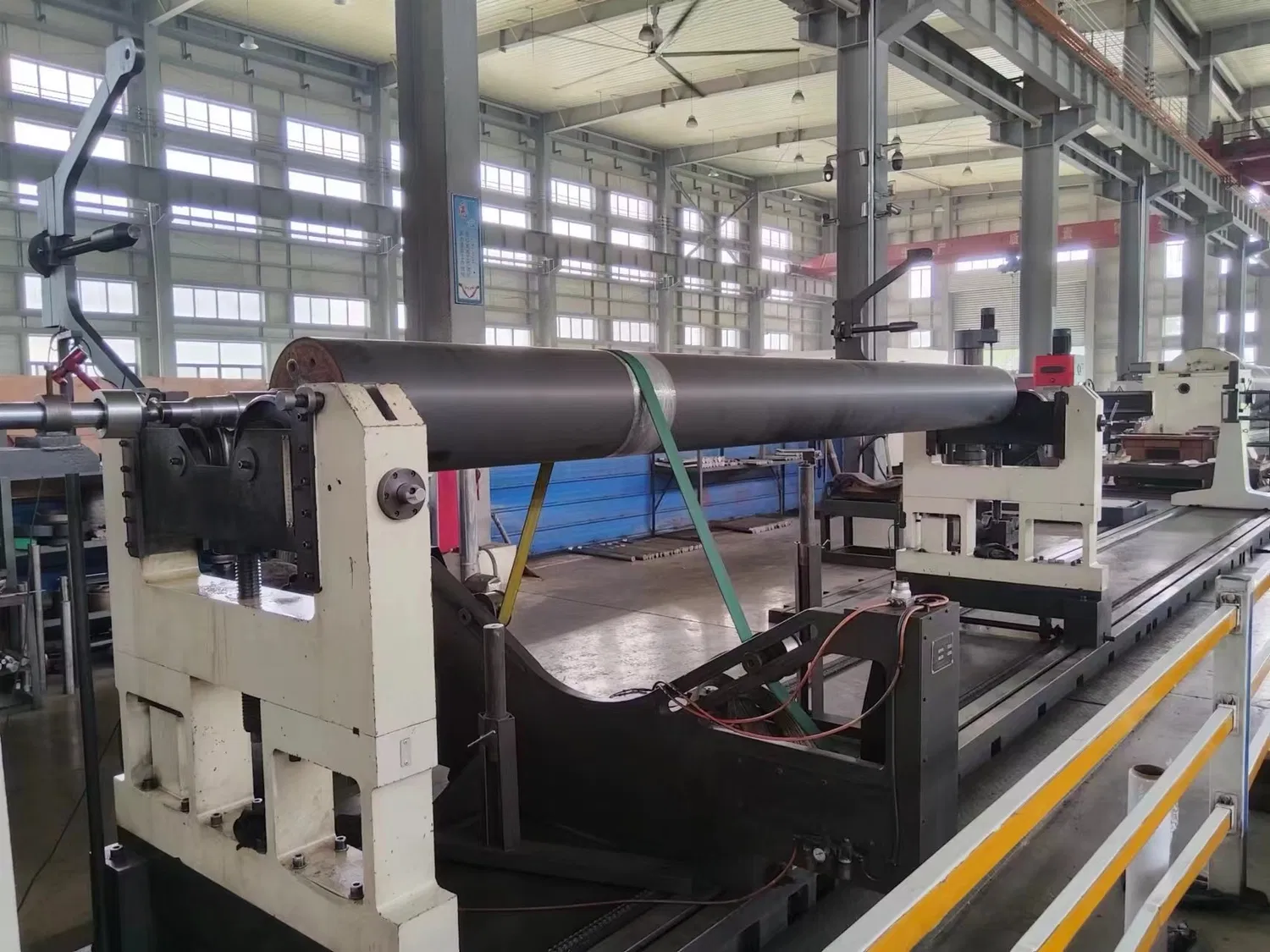Why Balancing Paper Machine Rolls is Essential
Paper machine rolls are an integral part of the paper production process. The rolls are responsible for transporting the paper through the machine and applying the necessary pressure to create a smooth and uniform sheet. However, as the rolls rotate at high speeds, they can become unbalanced, causing vibrations that can lead to decreased productivity, increased wear and tear on the machine, and lower quality paper. This is why balancing paper machine rolls is essential to maintain optimal performance and minimize downtime.
Techniques for Balancing Paper Machine Rolls
There are two primary techniques used for balancing paper machine rolls: static balancing and dynamic balancing. Static balancing is a simple and cost-effective technique that can be used to balance rolls with low to moderate levels of imbalance. This technique involves placing the roll on a balancing machine and adding or removing weights to achieve balance. Static balancing is typically used as a preventive maintenance measure to extend the life of the roll and minimize vibration.
Dynamic balancing, on the other hand, is a more advanced technique that is used to balance rolls with high levels of imbalance. This technique involves balancing the roll while it is in motion, using specialized equipment to measure and correct the imbalance. Dynamic balancing is essential for rolls that operate at high speeds or that are subject to heavy loads.
Static Balancing
Static balancing is a relatively simple process that involves placing the roll on a balancing machine and adding or removing weights to achieve balance. The balancing machine measures the amount of imbalance in the roll and indicates where the weights should be added or removed. Once the roll is balanced, it can be reinstalled in the machine. Static balancing is typically used as a preventive maintenance measure to extend the life of the roll and minimize vibration.
Dynamic Balancing
Dynamic balancing is a more advanced technique that is used to balance rolls with high levels of imbalance. This technique involves balancing the roll while it is in motion, using specialized equipment to measure and correct the imbalance. Dynamic balancing is essential for rolls that operate at high speeds or that are subject to heavy loads. During dynamic balancing, the roll is rotated at its operating speed, and sensors are used to measure the amount of vibration. The data is then analyzed to determine the location and amount of imbalance. Weights are added or removed from the roll to correct the imbalance, and the process is repeated until the roll is balanced.
Benefits of Balancing Paper Machine Rolls
Balancing paper machine rolls has numerous benefits, including improved productivity, reduced downtime, and increased roll life. By minimizing vibration and ensuring smooth operation, balancing can improve product quality and reduce waste. Additionally, balancing can help prevent damage to other components of the paper machine, such as bearings and gears. Overall, balancing paper machine rolls is an essential aspect of maintenance that can save money and improve performance.
One of the primary benefits of balancing paper machine rolls is improved productivity. When rolls are unbalanced, they can cause vibrations that reduce the machine's efficiency and increase downtime. By balancing the rolls, the machine can operate more smoothly and efficiently, resulting in increased productivity. Additionally, balancing can improve product quality by reducing the amount of variation in the paper's thickness and texture.
Another benefit of balancing paper machine rolls is reduced downtime. When rolls become unbalanced, they can cause damage to other components of the machine, such as bearings and gears. This can result in costly repairs and extended downtime. By balancing the rolls, the likelihood of damage is reduced, resulting in fewer repairs and less downtime.
Finally, balancing paper machine rolls can extend the life of the rolls themselves. When rolls are unbalanced, they are subject to increased wear and tear, which can shorten their lifespan. By balancing the rolls, the amount of wear and tear is reduced, resulting in longer roll life and fewer replacement costs.
Conclusion
In conclusion, balancing paper machine rolls is an essential aspect of maintenance that can improve productivity, reduce downtime, and extend roll life. By using static or dynamic balancing techniques, rolls can be balanced to minimize vibration and ensure smooth operation. The benefits of balancing paper machine rolls include improved product quality, reduced waste, and prevention of damage to other components of the machine. Overall, proper maintenance and balancing of paper machine rolls can save money and improve performance.



